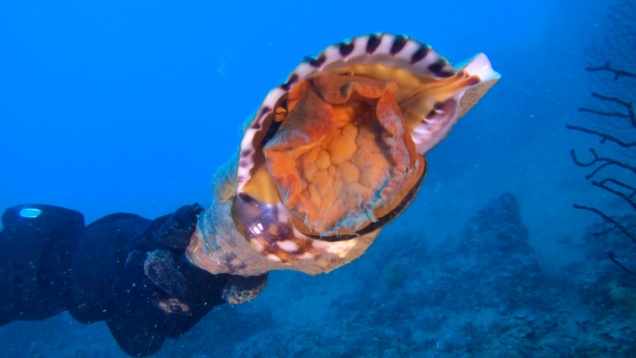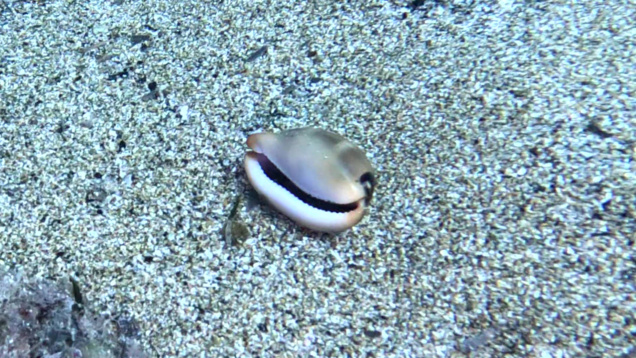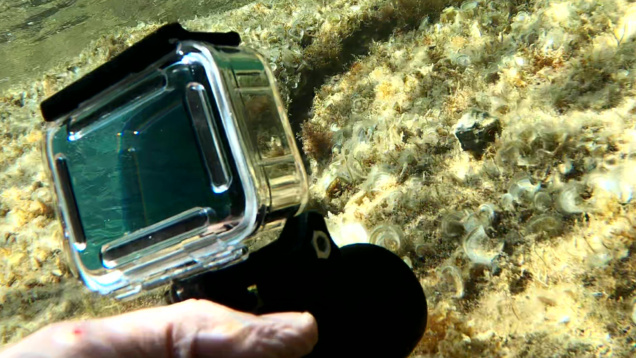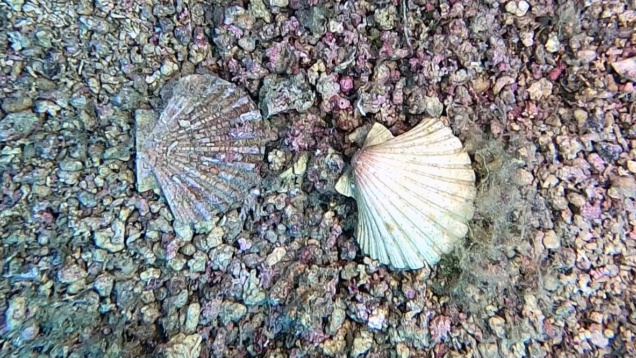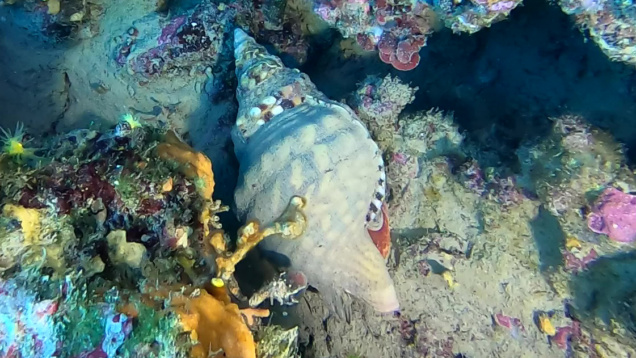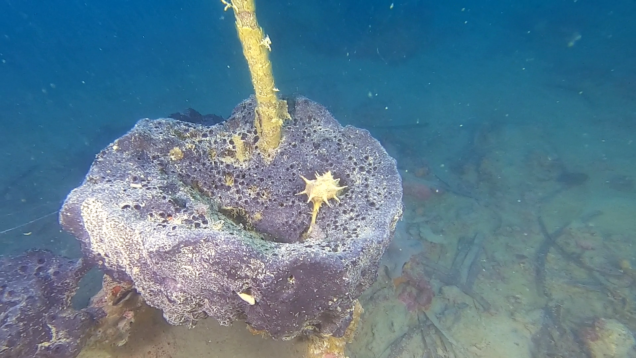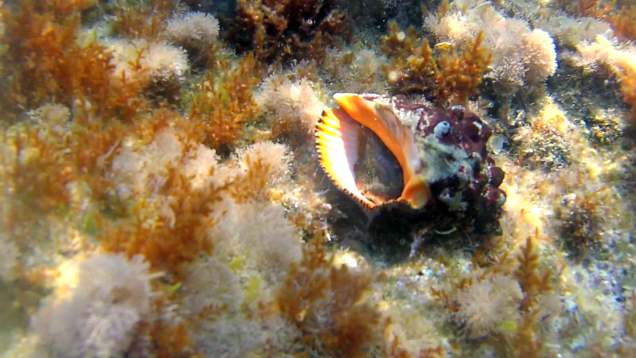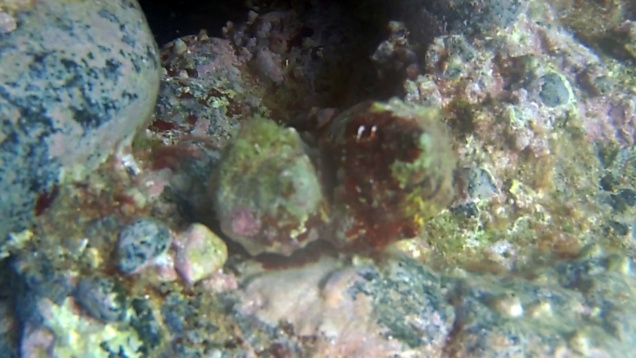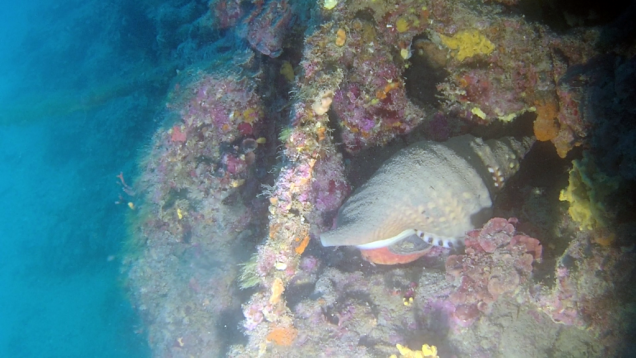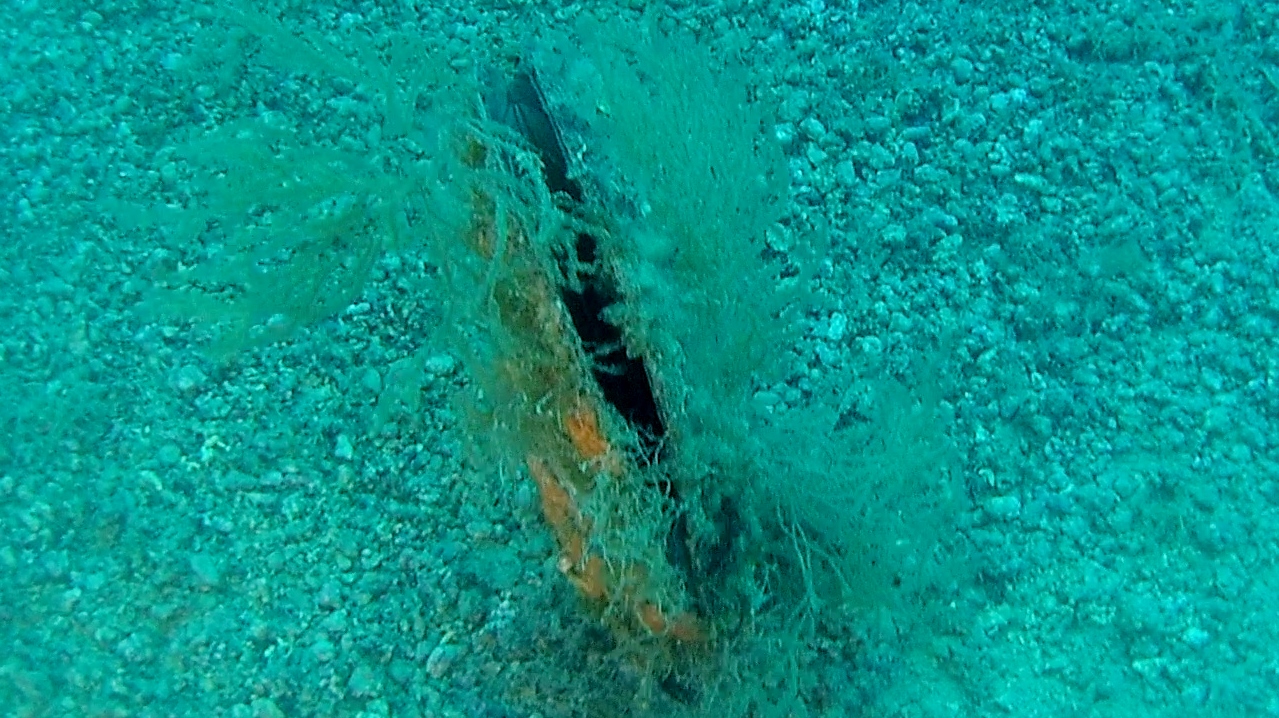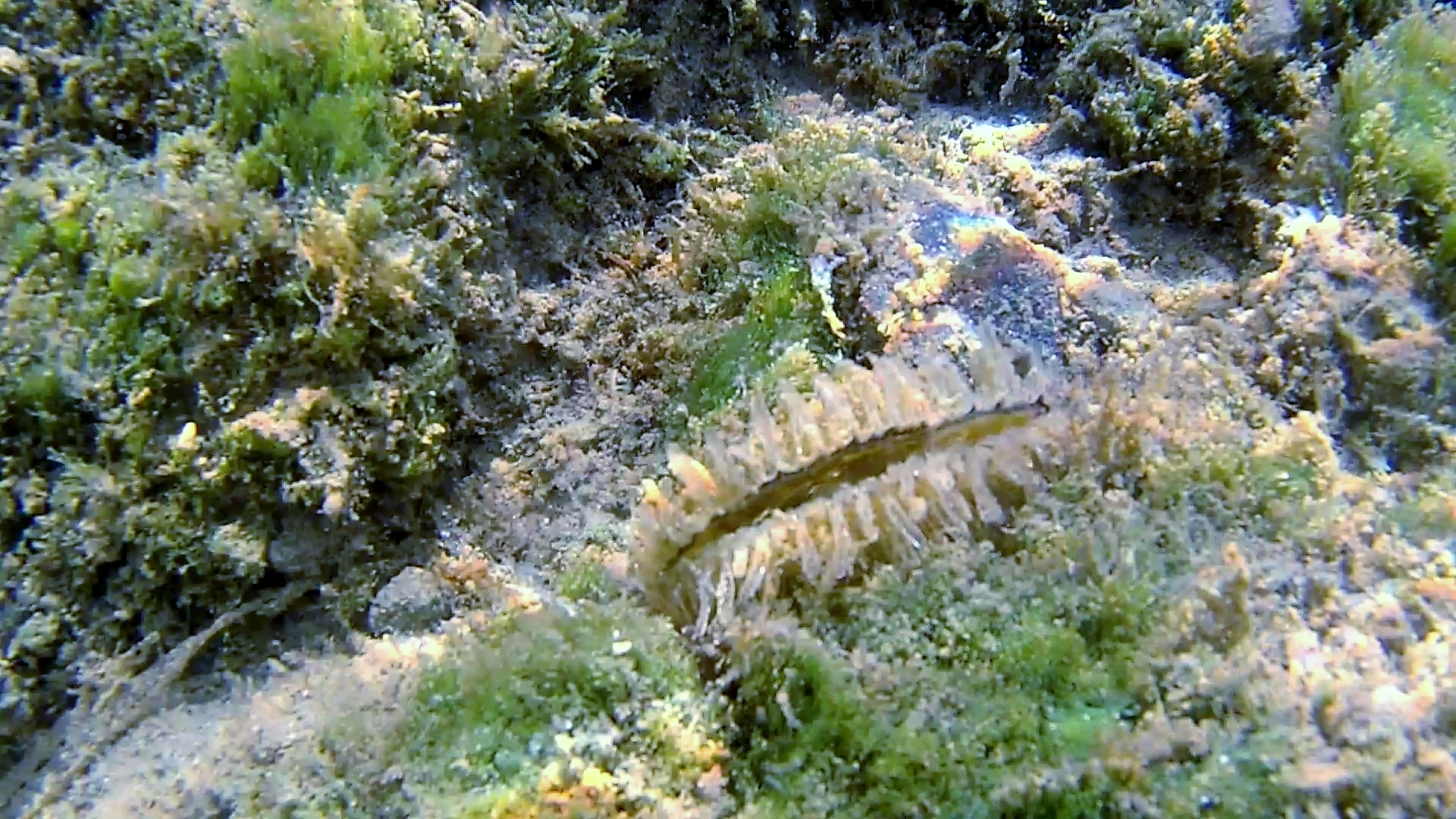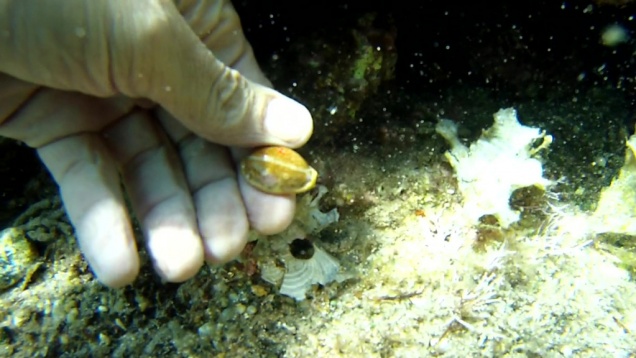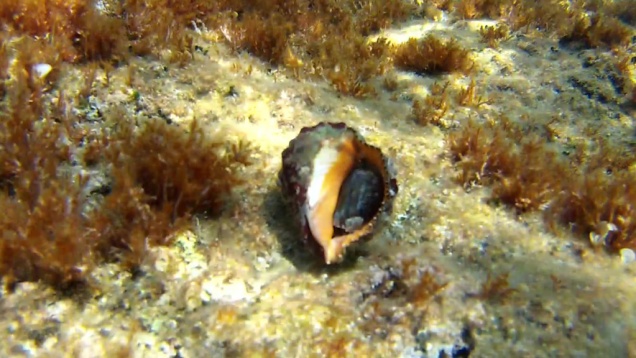Giant triton
Meeting Giant triton - Charonia tritonis - always arouses a strong emotion, both because it is the largest mollusk in the Mediterranean Sea and because it is increasingly rare. Fortunately here on intotheblue.it we have published several videos of this splendid shell so despite all the alarms we give about the health of our sea, when we encounter the Triton the hope that the sea can really regenerate itself returns to be present. ...




